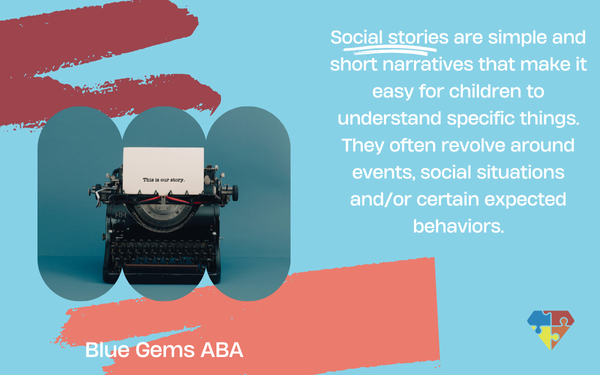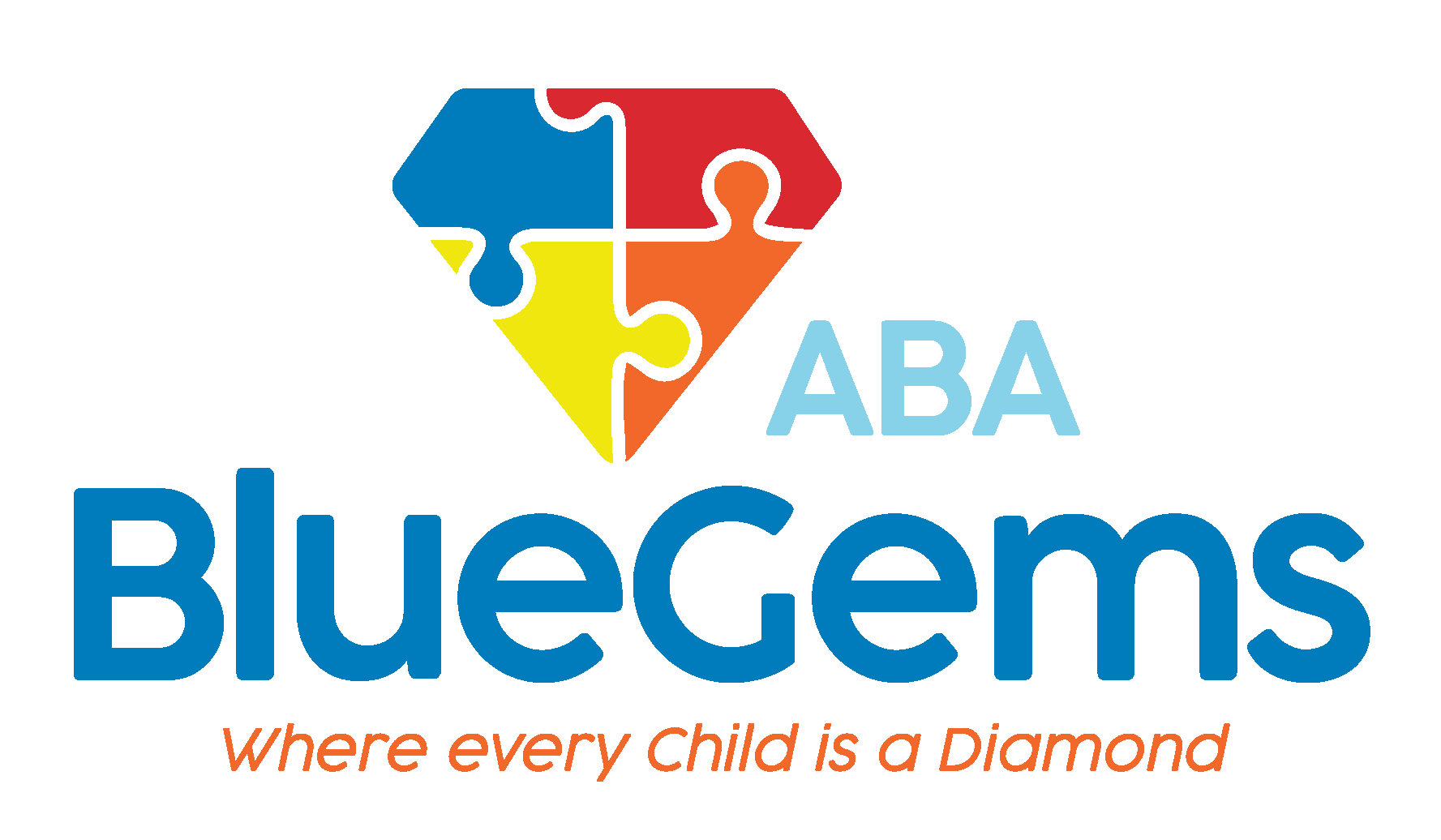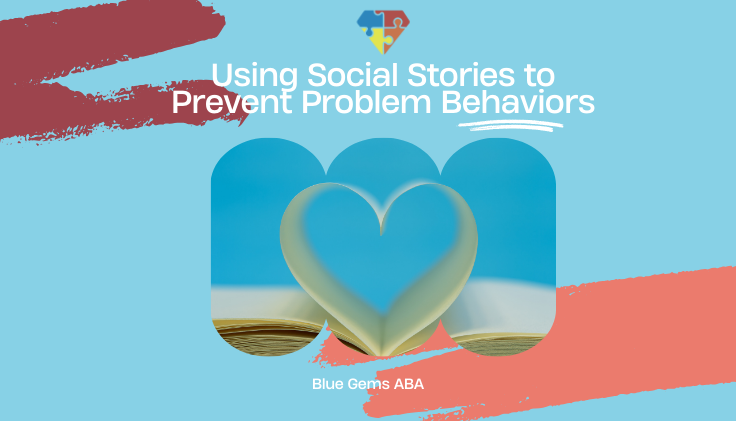Using Social Stories to Prevent Problem Behaviors
Children who have autism spectrum disorder (ASD) oftentimes exhibit problem behaviors. These behaviors can range from disruptive tantrums to even something harmful such as banging their heads into the ground.
One of the major goals of applied behavior analysis is to help children with autism learn new replacement behaviors for any problem behaviors they may exhibit. Also known as ABA therapy, it’s considered the gold standard treatment for children on the autism spectrum because it is so effective at preventing problem behaviors, and helping children build social, communication and daily life skills with which they commonly struggle.
ABA therapists can use many different strategies and tools to teach skills and help children modify behaviors, all of which can be customized to each individual child’s unique strengths, challenges and preferences.
One such strategy is to make learning fun through social stories. Below, we’ll discuss how ABA therapy uses social stories to prevent problem behaviors.
Table Of Contents
What Are Social Stories?
Social stories are simple and short narratives that make it easy for children to understand specific things. They often revolve around events, social situations and/or certain expected behaviors.

Social stories also often are written from the perspective of the child and are personalized to the child — using their real name and a lot of times their picture. They are written with clear descriptions of what’s being talked about, integrate pictures that are relevant to that situation and the child, and often end with positive outcomes.
The goal of social stories is to help children increase their understanding of certain situations, which in turn can lead to lower anxiety and worry, which makes it easier for them to learn new skills. At the same time, it helps children feel more comfortable expressing their feelings and needs in a more effective way.
How Does ABA Therapy Use Social Stories?
Social stories fit in perfectly with the principles and approach of ABA therapy. Since they are specifically tailored to the specific challenges and needs of each individual child, they are very engaging and very relevant to the child.
They are also very visual, with lots of pictures, diagrams and even potentially video clips in some instances. This follows the belief that many children on the autism spectrum are visual learners, which means they absorb information and learn new things better when words are accompanied by visual aids.
Social stories are also very flexible. Just like ABA therapy itself, they can be created and adapted for multiple scenarios and situations. Topics could include everything from daily routines to addressing unique challenges that a child faces, such as problem behaviors.
ABA therapists can integrate social stories into an overall treatment plan, and use positive reinforcement to reward children for learning from them and to encourage them to learn even more.
How Can Social Stories Prevent Problem Behaviors?
As mentioned before, social stories can be crafted in a way to address a specific challenge that a child has, or a certain problem behavior that they display — either in general or when a specific action or situation occurs.
In these instances, what the social story will do is show children what would be expected of them in a certain situation. It will include clear expectations about the behaviors that are most appropriate for the situation, and also provide coping strategies for how they can regulate their emotions if they’re feeling overwhelmed.
For example, a child with autism may face unique challenges when going to a doctor’s office. These visits are often outside of their regular daily routine, and there are plenty of social stimuli present that could make them feel overwhelmed — loud noises, other children, bright lights, different touches and textures, and more.
All of this could cause the child to throw a tantrum or refuse to go into the office once they get there.
A social story in this example could show the child what they should expect when going to the doctor’s office. It could help reduce the anxiety and worry of doing so by describing why they are there and how doctors are going to help.
The story could also provide ways that the child could better navigate the situation, by using some of the skills that they’ve previously learned in ABA therapy. In this way, the social story will help to build the child’s self-esteem and confidence, which in turn can help to prevent the problem behavior from happening.
Blue Gems ABA Helps Children with ASD Reduce Problem Behaviors
Many children with ASD exhibit problem behaviors from time to time. This could happen due to sensory sensitivities they have, or in response to a special scenario such as visiting the doctor.
At Blue Gems ABA, our experienced team of BCBAs knows that this is true, and works to help children with autism prevent problem behaviors by helping them find replacement behaviors that are positive and helpful rather than negative and potentially harmful.
There are many strategies we use to do this, including creating personalized social stories that can guide children through different situations. In all that we do, we help children on the autism spectrum live happy, healthy, productive, fulfilling and independent lives.
To learn more, please contact us today.




